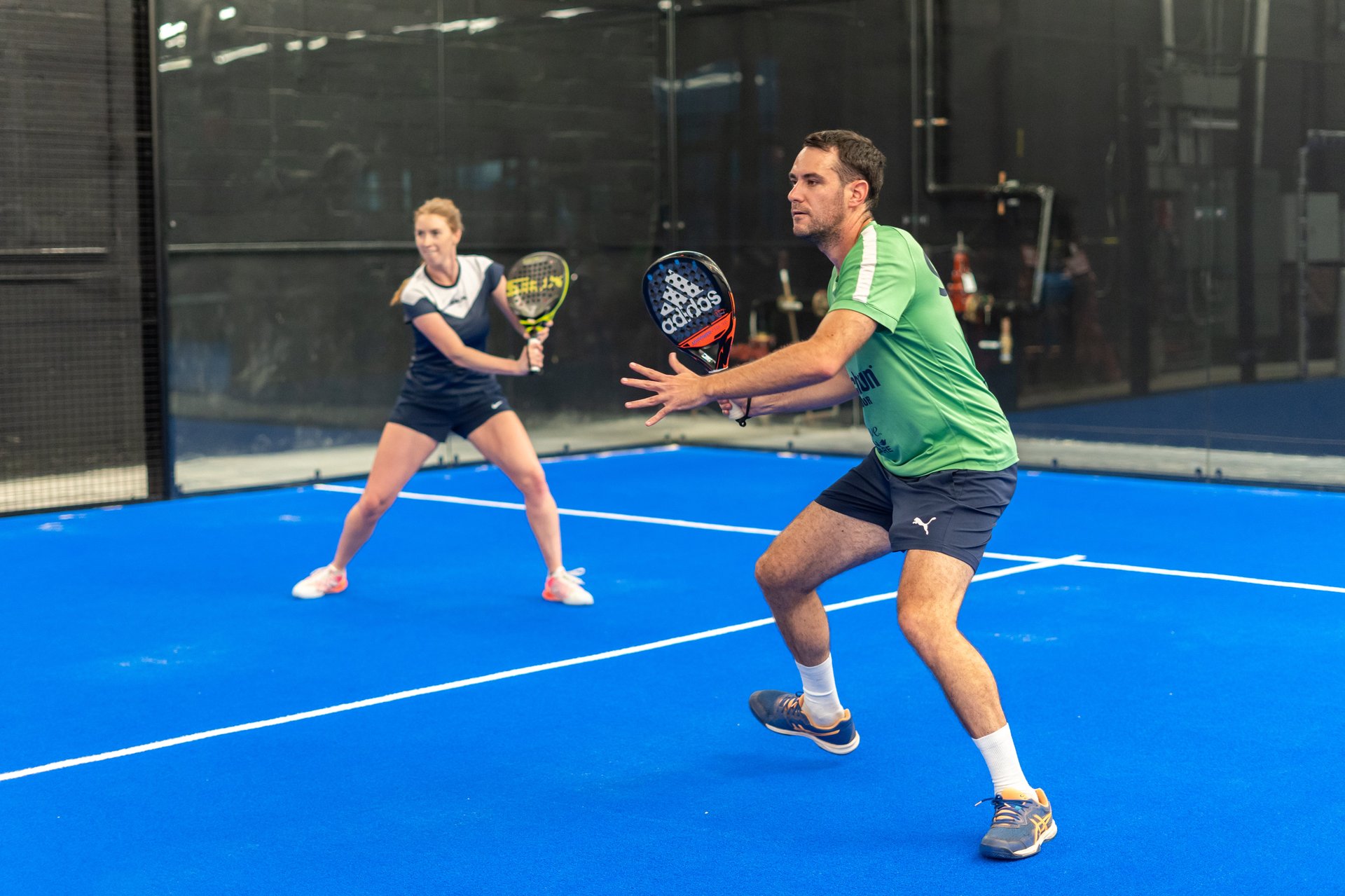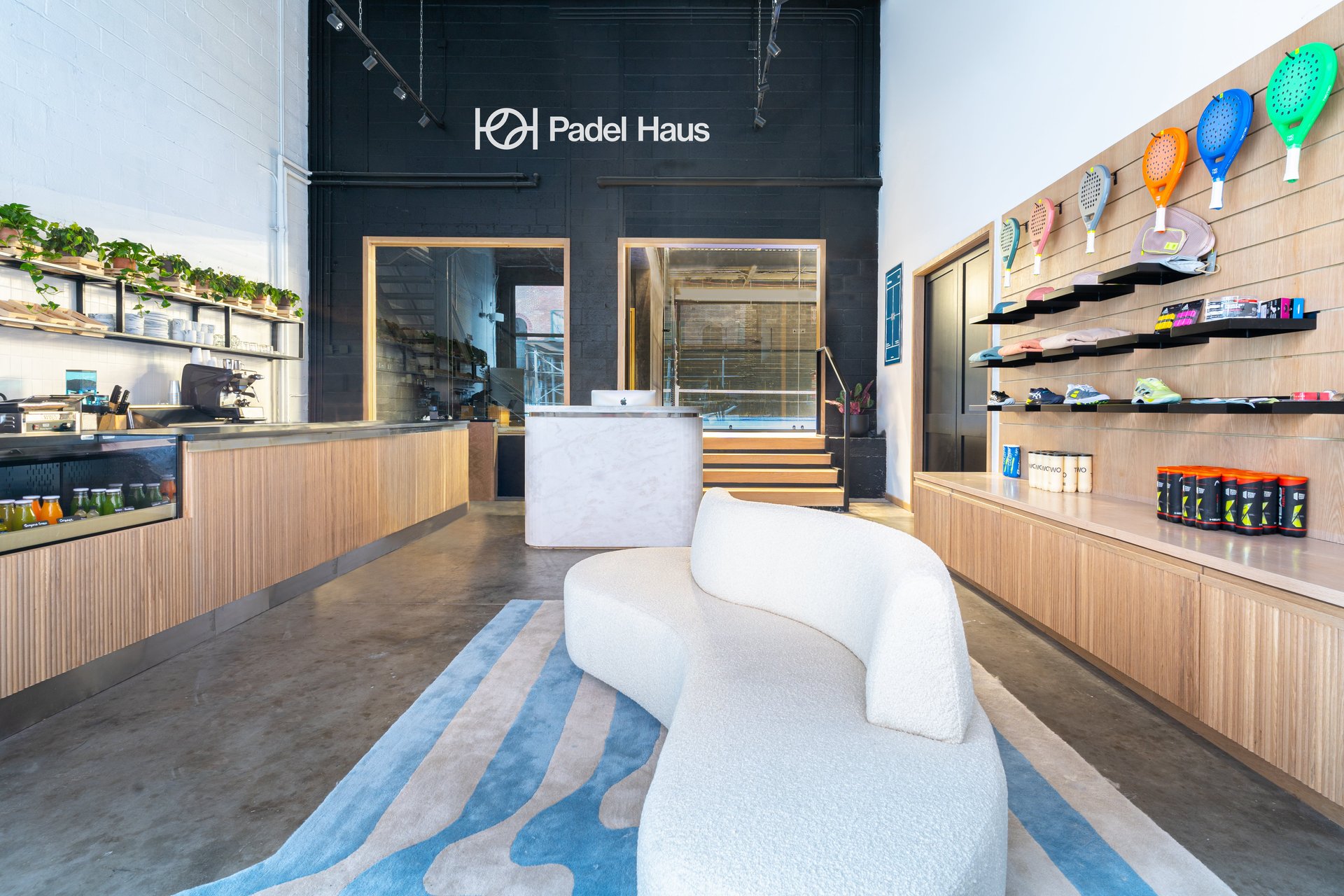Is padel tennis the next pickleball?
This trendy racquet sport is finally taking hold in America.

Described as a hybrid game of squash and tennis and endorsed with big investments from famous athletes like the soccer player Zlatan Ibrahimovic and tennis star Andy Murray, padel, a racquet sport little known to Americans is vying to unseat pickleball as the US’s fastest growing sport.
Easy to pick up and played on a smaller court than traditional tennis, padel bears a number of similarities to pickleball. Now private investors are spending big to build hundreds of courts across the nation and campaigning to see it become an Olympic sport for Los Angeles 2028.
In the US, it’s states with large Spanish-speaking populations like Florida and Texas that are paving the way.
“You cannot get a court in South Florida without booking three weeks in advance. Facilities have a waiting list of 100 to get lessons,” said Marcos del Pilar, the president of the United States Padel Association (USPA). The association estimates there are 25 million people playing globally in more than 170 countries.
New York City recently welcomed its first padel club called Padel Haus. Opened by Santiago Gomez, the Williamsburg venue opened with four courts in July but the entrepreneur is set to open another eight in the city’s Financial District and 10 in Greenpoint and Long Island City within the next year.

“New York City right now alone has enough demand for 50 courts and has room to grow,” said Gomez, who is also looking at expanding in Boston and Philadelphia. Although Gomez has been playing padel for years, he was inspired to invest in it after seeing its popularity rise during covid-19.
“During the pandemic, European governments were not allowing team sports to play, but they were allowing padel,” he said. As a non-contact sport, the risk of germ exposure is lower, but the distance between players is still close enough that people can still converse readily. “People were doing that as their only way to exercise and socialize.”
Padel vs. tennis and squash
Although it’s pronounced “pa-DEL” in the US to differentiate it from paddle tennis, another American racquet discipline, in other countries it’s pronounced like “paddle”.
Compared to tennis, rallies are longer because padel only allows underhand serves, which makes it less likely that a point is won on the first shot. Overall, there’s less time picking up balls and more time playing.
Then there’s the social side of padel, promoters of the sport say. It has an advantage over squash in that the net is in between the people playing so they are facing each other; and it is nearly always played as doubles. It makes for a good mixed gender game, too, as it compensates for muscle differences in men and women. Smashing the ball hard at the other side has a good chance of seeing it bounce off the wall and head straight back at the player.
“With the dynamic of the tennis court you’re on your own talking to yourself trying to focus on getting the game right,” said Padel Haus’ Gomez. “But in padel with the glass walls and smaller court, you can talk to your opponent, make jokes, talk about the point that you missed.”
Padel fans see it as a business, too
Gomez said he’s noticed major fashion brands including Zara, Brunello Cucinelli, Slazinger, Adidas, and Head launch padel lines and points to the Qatari sovereign wealth fund announcing the creation of a professional padel circuit in February as proof of momentum.
Christ Ishoo, who owns a company that produces padel courts, expects to see the sport grow because it’s easy to pick up. “You need to be good at tennis to have fun but padel is easy to be good at,” he said. “It’s psychology, people like to be good at things.”
Recently, Ishoo pivoted into venture capital with his firm EEP Capital, which is funneling an initial $15 million into growing the sport in the US. Padel, he believes, has more potential than pickleball among young players. Over half of regular pickleball players, defined by the US Pickleball Association as playing eight times or more a year, are over the age of 55.
It’s also harder to make money from pickleball, which doesn’t require much setup. A padel court requires glass walls and cushioned turf which costs around $50,000 in total to build. Club owners collect a combination of court time and membership fees, which creates a revenue stream, whereas pickleball struggles to charge. At the same time, the margins for padel business owners are more attractive than constructing a tennis court which costs double the amount.
“The biggest difference with pickleball is that pickleball is cheap, it’s a net. You can paint the floor and set up a net. People don’t need to pay you to play,” said Ishoo.